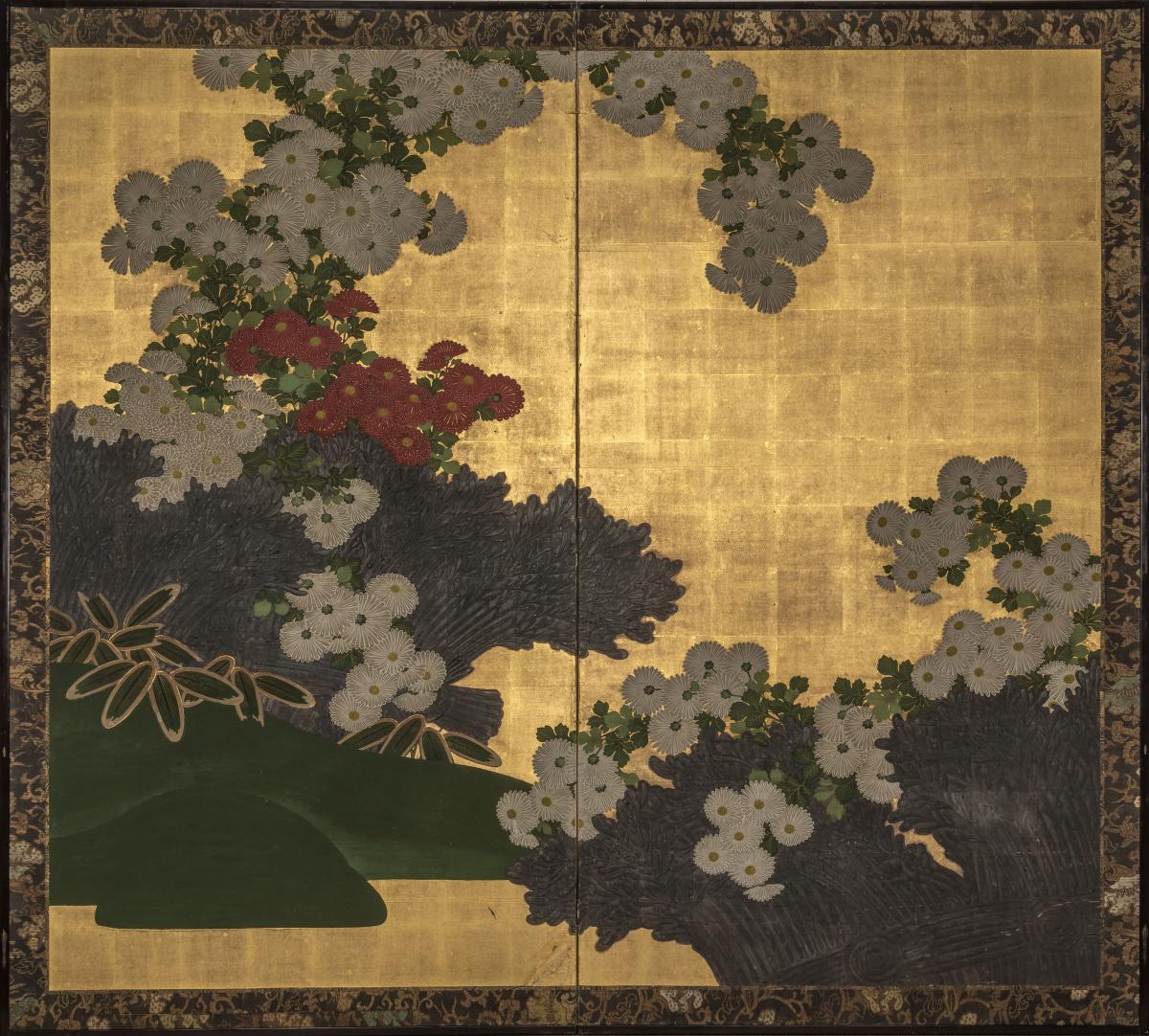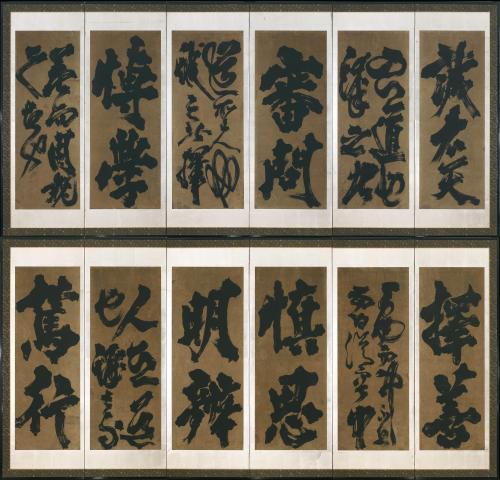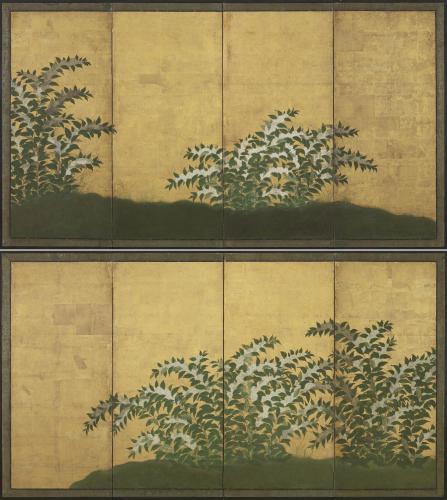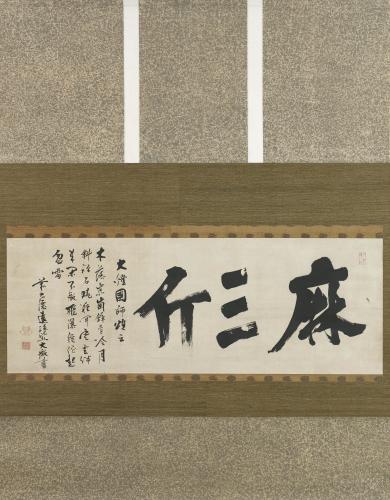

Price on application
This object is eligible for a Certificate of BADA Provenance
The BADA Standard
- Since 1918, BADA has been the leading association for the antiques and fine art trade
- Members are elected for their knowledge, integrity and quality of stock
- Our clients are protected by BADA’s code of conduct
- Our dealers’ membership is reviewed and renewed annually
- Bada.org is a non-profit site: clients deal directly with members and they pay no hidden fees
Two-fold screen with chrysanthemums.
A two-fold paper screen painted in ink and colour on a gold ground with red and white chrysanthemums behind a brushwood fence, both rendered in moriage(raised design).
Japan 19th century Meiji period.
Dimensions: H. 170cm x W. 188cm (67" x 74¼").
By the Heian period (794-1185), chrysanthemums or kiku were cultivated as ornamentals in Japan while the plant's medicinal qualities have been celebrated since pre-Nara period (pre-710). The Edo period (1603-1868) was a time when gardening boomed and from the early Edo period, as enthusiasm for gardening grew, various species of chrysanthemums were produced and the flower shows for new types of chrysanthemums called kikuawase (chrysanthemum matching) were also held amongst the people.
Japanese interest in chrysanthemum as a theme for poetry also developed during the Heian period. At that time, with the evolution of a native artistic sensibility heavily influenced by the passing seasons, the flower gained its place as one of the premier symbols of autumn. In many instances, the flower appears in ensemble motifs with all or some of the Seven Grasses of Autumn, and it is sometimes included in enumerations of this group.
The first use of chrysanthemum as a symbol of the Japanese Emperor and the Imperial family occurred in the thirteenth century when Emperor Go-Daigo adopted the flower as a crest and it was continued by successive Emperors. Later many commoners also used chrysanthemum as a family crest, and a Matsuya store catalogue of 1913 included 95 crest designs based on this flower.
Dimensions
170cm x 188cmStock number
6903The BADA Standard
- Since 1918, BADA has been the leading association for the antiques and fine art trade
- Members are elected for their knowledge, integrity and quality of stock
- Our clients are protected by BADA’s code of conduct
- Our dealers’ membership is reviewed and renewed annually
- Bada.org is a non-profit site: clients deal directly with members and they pay no hidden fees




